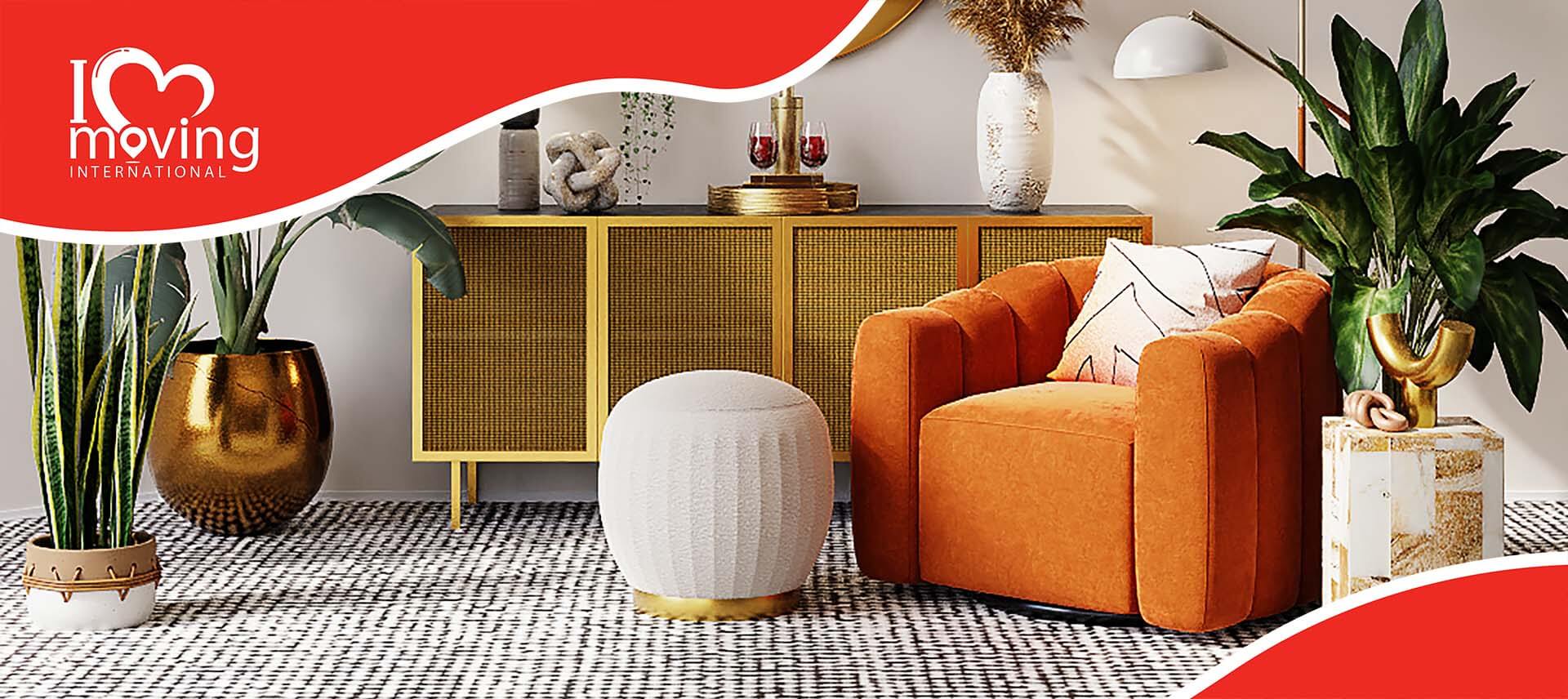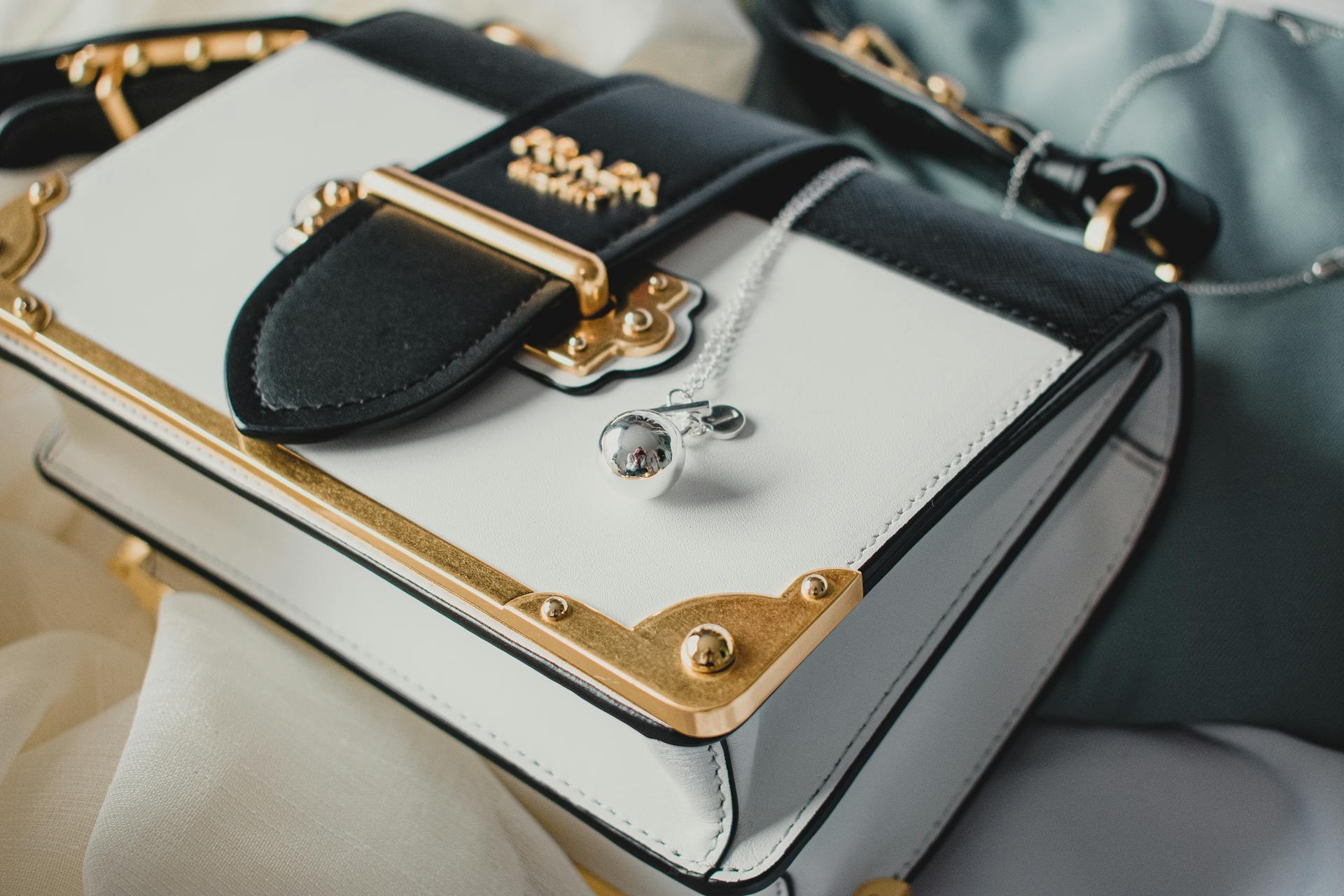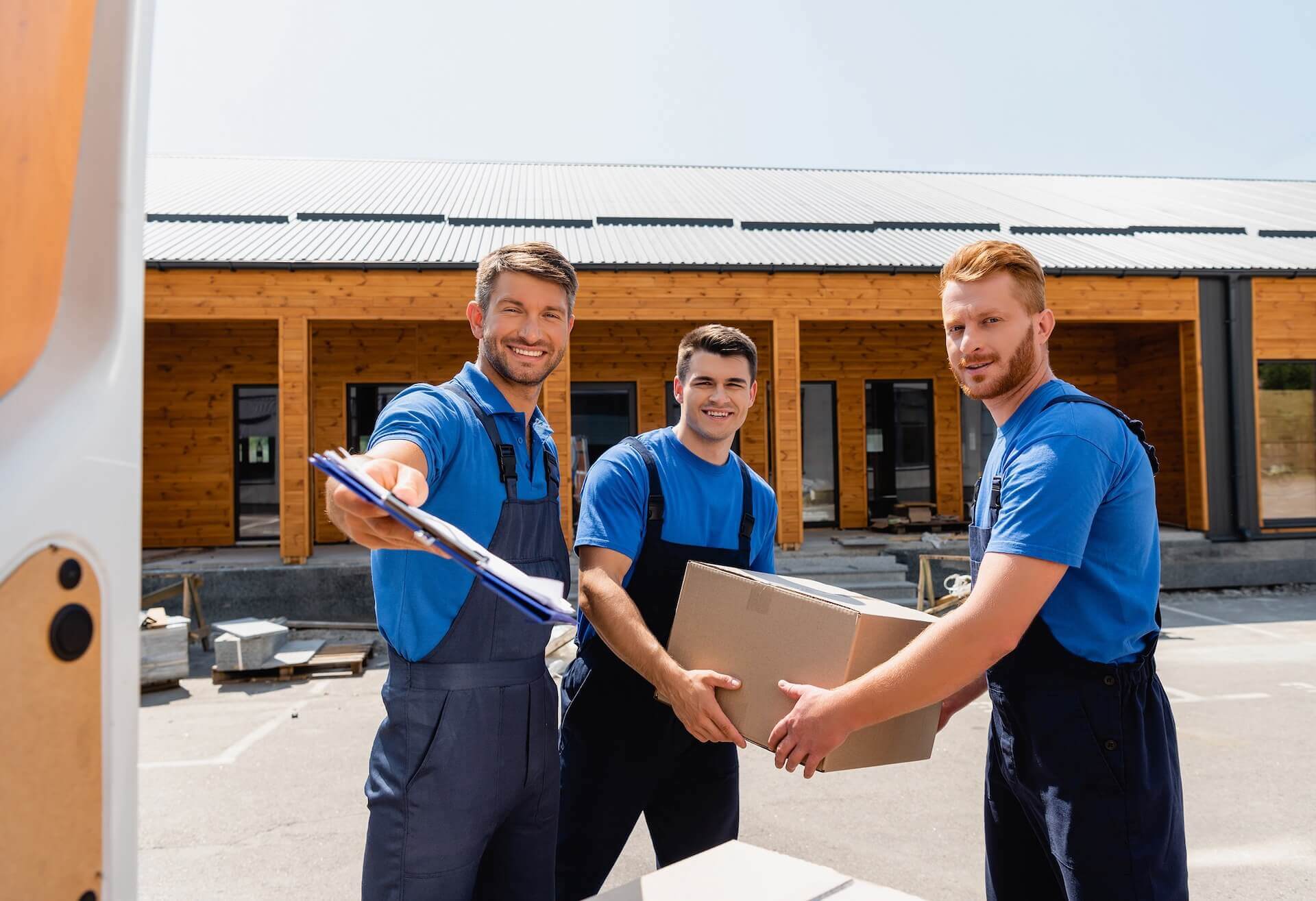Are you embarking on a relocation journey but dreading the packing process? Our detailed guide on how to pack an apartment offers systematic, easy-to-follow steps to transform a chaotic experience into an organized, stress-free affair. Learn all the useful tips and tricks to safely transport your belongings to another country. Your smooth relocation awaits!
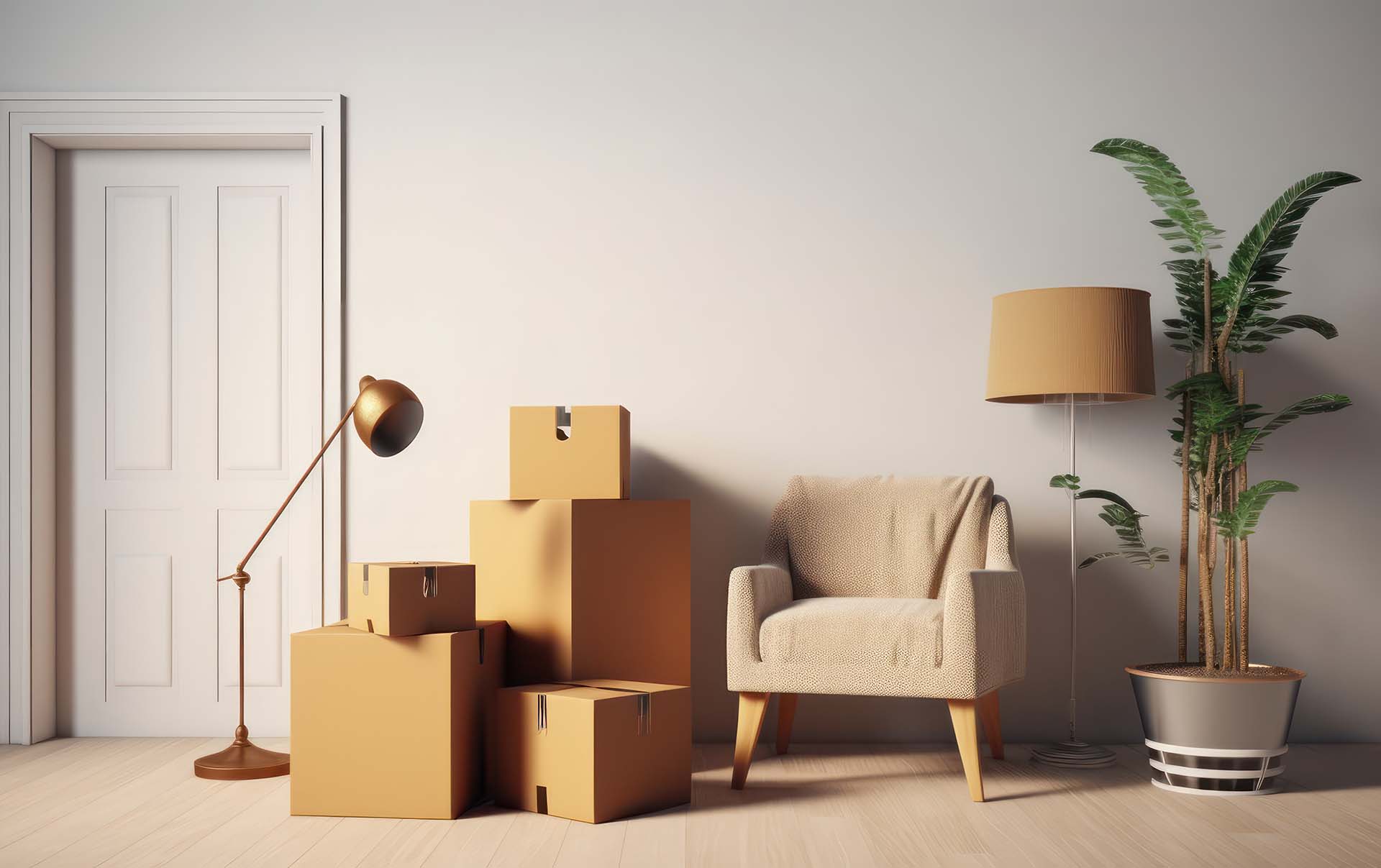
Start packing your apartment for moving by going through all your belongings and deciding what to keep and what to get rid of. Get the appropriate packaging supplies and start boxing things up by utilizing the room-by-room approach. Remember to label all the items as soon as they are packed and keep a detailed inventory list to avoid missing something. Prepare a separate box with essentials for the moving day and perform last-minute checks to ensure everything is accounted for. Consider seeking professional assistance to make the whole process easier and less stressful.
Essential Things You Should Do Before Packing Up Your Apartment
You might be eager to learn how to pack an apartment in one day, but the relocation process is so much more than the actual wrapping schedule. Before the chaos of moving overseas begins, there are essential steps to ensure a smooth process. Start by creating a detailed inventory list of your belongings, categorizing them room by room.
This not only helps in organizing wrapping but also in determining what to keep or discard. Notify utility companies and change your address with essential services to avoid last-minute hassles. Create a moving timeline, assigning tasks for each day leading up to the big move, ensuring nothing is overlooked.
Determining What to Keep and What to Discard
The first crucial step in packaging is to decide what goes with you and what you should get rid of. A systematic approach helps – consider the necessity, emotional value, and condition of each item. Evaluate your new home, considering the layout and storage. Apply the one-year rule – if you haven’t used it in a year, it might be time to let it go. This process aids in reducing the volume of items to be moved and, in turn, the overall relocation cost.
Decluttering is a cleansing process that facilitates a fresh start. Begin with sorting items into categories like “keep,” “discard,” and “donate.” Tackle one room at a time to avoid getting overwhelmed. Utilize digital platforms or garage sales to sell unwanted items, giving them a new home while making some extra cash that will help you pay for relocation abroad.
Organizing Your Packing Supplies
Prepare by gathering quality packaging materials. Allocate boxes of various sizes for different items – small boxes for heavy items like books and larger ones for lighter, bulky items. Acquire specialized boxes for fragile items, ensuring their safe transport. Specialized boxes like wardrobe boxes, dish packs, and picture boxes are designed to protect specific items.
Equally crucial are protective packaging materials. Bubble wrap cushions fragile items, preventing breakage. Packaging paper is versatile, used for wrapping items or filling spaces in boxes to prevent movement during transit. Investing in quality protective materials ensures your valuables reach their destination unscathed.
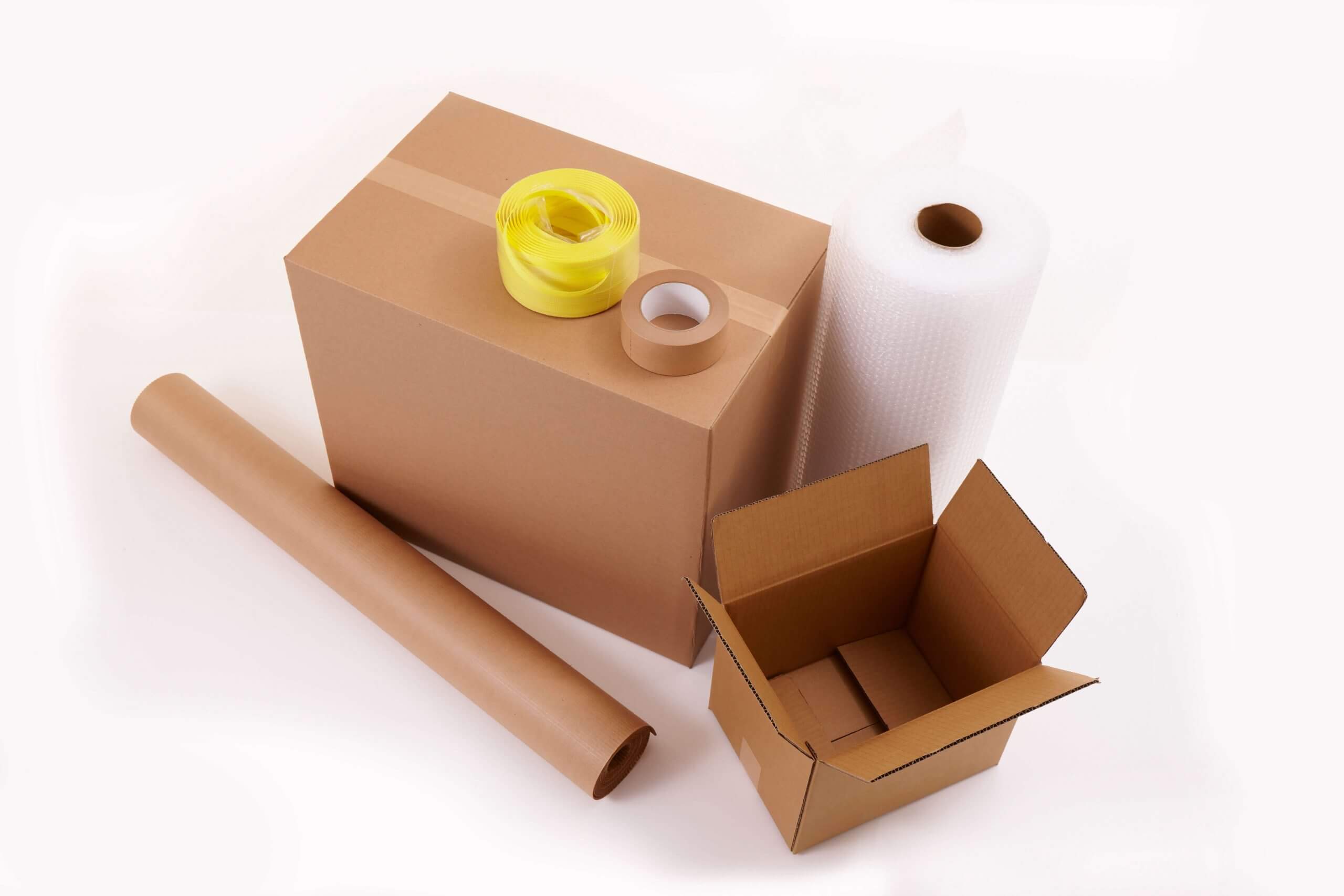
How to Pack an Apartment – A Strategic Room-By-Room Approach
Wrapping up an apartment requires meticulous planning and execution. A strategic room-by-room approach ensures efficiency, reducing the risk of missed items or last-minute panic. Begin with rooms and items that are least used, systematically moving towards daily essentials.
Allocate time realistically, considering the intricacies and volume of each room. Labeling boxes according to the rooms they belong to can streamline the unpacking process, making the transition into another country smoother and more organized.
Packing the Living Room for Shipping Overseas
The living room is often the hub of memories and holds a myriad of item types, from electronics and fragile items to bulky furniture. Start by safely packaging electronics. Framed photographs, artwork, and other fragile items need individual wrapping and careful placement in specialized boxes. Furniture should be disassembled, if possible, with screws and small parts stored in labeled bags attached to the respective items.
Tackling the Bedroom and Clothes
When wrapping up the bedroom, begin with out-of-season clothes, followed by items used less frequently. Use wardrobe boxes to hang garments, ensuring that packed clothes remain wrinkle-free. When boxing up jewelry and personal items, utilize organizer boxes, ensuring these valuables are well-protected and easy to locate. Roll other clothes to save space and use vacuum bags for bulky items like blankets and duvets.
Children’s rooms require special attention. Begin by involving them in the wrapping process to offer a sense of control and understanding of the relocation. Use this opportunity to sort through toys, keep favorites, and discard or donate the rest. Clothing and personal items should be packed similarly to adults’ bedrooms, with a focus on keeping essentials accessible.
Facing the Kitchen Challenge
The kitchen poses its own challenges with a variety of items, from dishes and appliances to perishables. Begin by packing rarely used appliances, followed by wrapping dishes, glasses, and cookware, using dish boxes and ample cushioning. Perishables should be planned to run out close to the moving abroad day, and the remaining items can be donated or discarded to avoid wastage.
Managing Bathrooms and Toiletries
In the bathroom, the focus is on preventing leaks and organizing personal care items. Seal caps of liquids with plastic wrap and store them in zip bags. Utilize organizer boxes for smaller items and personal care accessories. Towels and linens can serve as additional cushioning for fragile items, serving a dual purpose and saving space. With systematic planning and organization, the bathroom can be efficiently packed, reducing the risk of spills and losses.

How to Protect Valuable and Fragile Items
Ensuring the safety of valuable and fragile items is paramount during relocation. Special care, advanced packaging tips and techniques, and suitable materials are essential to guard against damage, ensuring your prized possessions arrive in pristine condition at your new home.
Artwork and Decorative Items
Art and decorative pieces require specialized boxes and wrapping techniques. Wrap each piece individually in bubble wrap, paying extra attention to corners and fragile parts. Utilize artwork boxes, which are adjustable and provide enhanced protection. Label the boxes as “fragile” to alert movers to handle them with additional care.
Electronics and Appliances
When it comes to wrapping electronics and appliances, use original boxes if available, as they offer a tailored fit and optimum protection. Otherwise, choose boxes that are slightly larger than the items and fill the extra space with packaging paper or bubble wrap to prevent movement. Detach cables and accessories, storing them in labeled bags attached to the main item. This meticulous approach ensures electronics stay safe and functional, ready for immediate use in your new space.
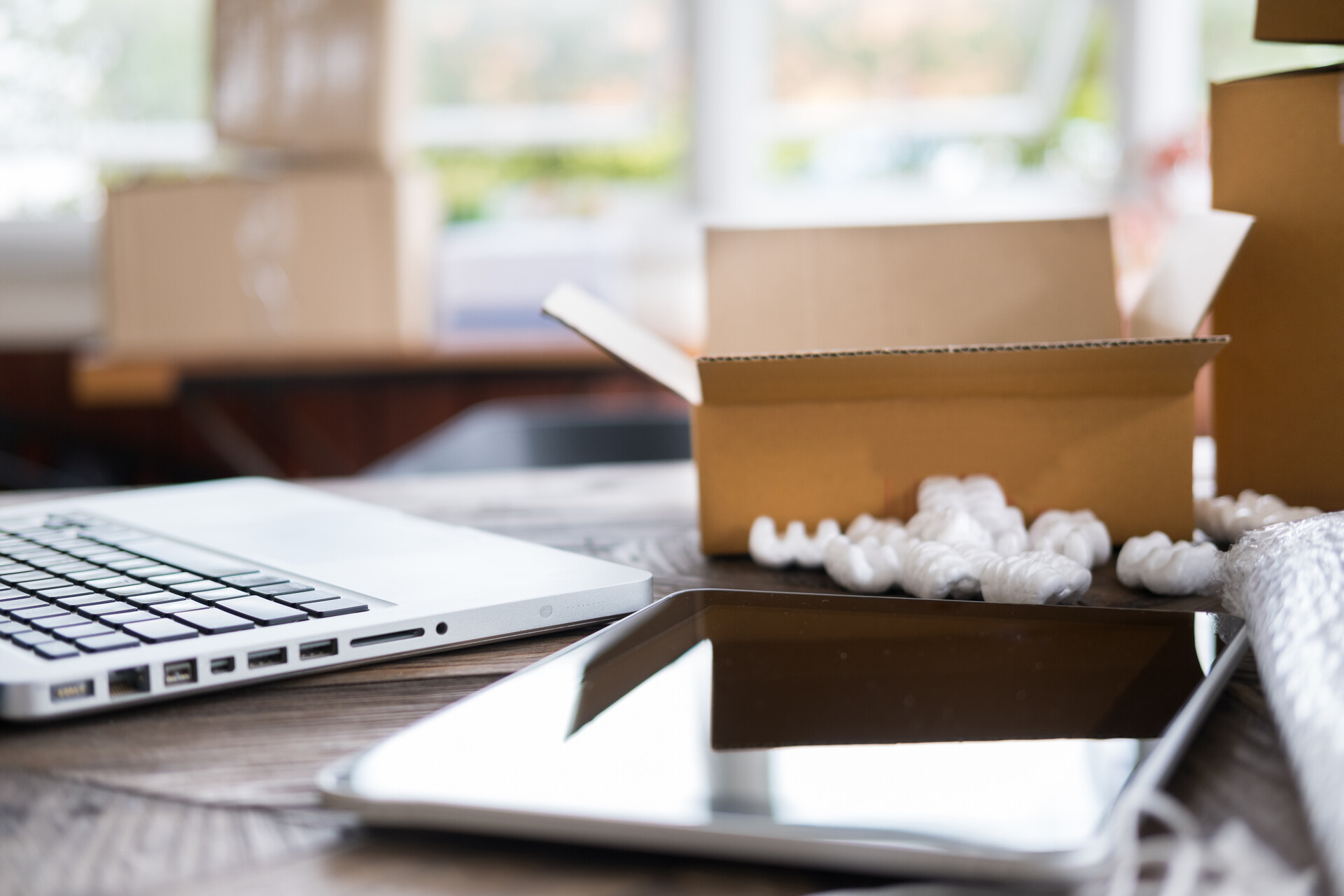
The Importance of Labeling and Organizing Boxes
Labeling and organizing boxes is a crucial step in the relocation process. It streamlines unpacking, reduces the risk of lost items, and ensures that delicate goods are handled appropriately. A systematic approach to labeling aids in quickly locating and organizing items in your new home, saving time and reducing relocation stress.
Employ Efficient Labeling Techniques
Employ techniques like color-coding for different rooms, numbering boxes, and listing their contents to make identification straightforward. For instance, kitchen items might be packed in boxes with green labels, while bedroom belongings have blue labels. An accompanying numbered list with detailed contents ensures nothing is amiss.
Create an Inventory and Track Everything
A comprehensive inventory list is indispensable. Document each box’s number, its color code, and detailed contents. This serves as a roadmap for unpacking, enabling quick access to essential items and ensuring that nothing is lost in transit. It also assists in verifying that all belongings have arrived safely and intact at the new destination, ensuring peace of mind during the chaotic relocation process.

Seeking Help From a Professional International Moving Company and Their Packers
When you’re stepping into the global arena, the complexity of the relocation multiplies. International relocations come with their own set of challenges, including stringent customs regulations, logistics nightmares, and the sheer volume of tasks involved in relocating households across borders. This is where the expertise of professional movers becomes invaluable – international moving services are a necessary part of the experience.
Benefits of Hiring a Licensed Overseas Shipping Company
Hiring movers from a licensed overseas moving company alleviates the stress and complexities associated with international relocations. With professional expertise, resources, and a global network, such companies ensure that your relocation is efficient, seamless, and secure. Here are the main benefits of relocating with movers by your side:
- Customs clearance – Navigation through complex customs processes with ease.
- Insurance coverage – Comprehensive protection for your belongings against damage or loss.
- Professional packing – Expert packing services to ensure the safety of items during transit.
- Global network – Efficient and reliable international logistics and support.
- Legal compliance – Adherence to international shipping laws and regulations.
- Time efficiency – Speedy and organized relocation process, saving valuable time.
- Customer support – Access to professional assistance and updates throughout the relocation process.
When to Consider Hiring Experts?
If you value the safety of your belongings, the convenience of a hassle-free move, and timely transport, you may want to consider hiring professional movers. Experts come equipped with the knowledge, specialized packaging materials, tools, and techniques that ensure each item is secured for the long journey. Their in-depth knowledge of customs regulations and international shipping laws can transform a potentially tumultuous process into a breeze.

Preparing for the Move-Out Day
As the move-out day approaches, being thoroughly prepared is key to a smooth and stress-free transition. Ensure that all boxes are packed, labeled, and organized room-by-room for easy loading. Check if all furniture and larger items are disassembled, with all corresponding parts securely attached. Confirm the arrival time of your movers, and have a clear pathway for them to carry boxes and furniture safely and efficiently.
Essential Last-Minute Checks
In the final hours, a thorough walkthrough of the apartment is vital. Check cabinets, closets, and storage areas to ensure nothing is left behind. Double-check if all utilities are scheduled for disconnection and that you have completed the necessary paperwork for address changes and other logistical considerations.
Have a box or bag set aside containing relocation essentials you’ll need immediately upon arrival at your new city, like toiletries, chargers, and a change of clothes. Double-check the inventory of packed items, ensuring everything is accounted for before the movers depart. These last-minute checks are crucial in avoiding oversights that can cause inconvenience or delays in your relocation process.

Ready to Make Your Apartment Move Seamless? Hire I Love International Moving to Handle Everything
Embarking on a new journey and seeking a seamless transition? I Love International Moving is your trusted partner, offering unparalleled expertise in making apartment moves efficient and hassle-free. Our team of professionals is adept at handling every aspect, from meticulous packaging to safe transit and timely delivery.
We navigate the complexities of international relocations, ensuring your belongings arrive intact and you’re quickly settled in your new home. Contact us for a moving experience marked by professionalism, care, and peace of mind!
FAQ
Begin the packaging process about six to eight weeks before your planned relocation date. This time frame allows ample opportunity to sort, organize, and box up your belongings systematically, minimizing the last-minute rush. It helps in carefully handling each item, ensuring that everything is well-packed and inventoried. An early start aids in identifying and addressing potential issues, ensuring a smooth relocation day.
Identify items that are no longer needed or won’t fit into your new space. Consider hosting a garage sale or selling them online to make some extra cash. Donating to charities or giving them away to friends and family is another option. For items in poor condition, look into appropriate recycling or disposal methods, ensuring you’re leaving nothing unnecessary behind.
Yes, most companies have restrictions on items like hazardous materials, perishables, plants, and pets. Flammable, explosive, or corrosive items are typically prohibited for safety reasons. It’s crucial to check with your relocation company beforehand to understand their specific restrictions and plan for the transportation of such items separately, ensuring compliance with safety and legal guidelines.
Use quality packaging materials, including bubble wrap, packaging paper, and sturdy boxes. Wrap fragile items individually and pack them tightly to minimize movement. Use specialized boxes for items like glassware or artwork. Clearly label these boxes as “fragile” to ensure careful handling. Consider insurance for high-value items for added security and peace of mind during the transition.
Disassembling large furniture makes shipping easier and safer. It reduces the risk of damage during transportation and makes navigating doors and hallways simpler. Ensure all parts are labeled and screws and bolts are stored in labeled bags. Check manuals or online guides if you’re unsure about how to disassemble specific pieces to ensure they can be easily reassembled at your new location.
Use original boxes if possible, as they provide the best fit and protection. If not, choose boxes close in size and use bubble wrap and packaging paper to fill gaps. Remove cables and accessories, label them, and place them in the same box. Take pictures of setups to make reassembly easier. Avoid stacking other boxes on top of boxes containing electronics.





